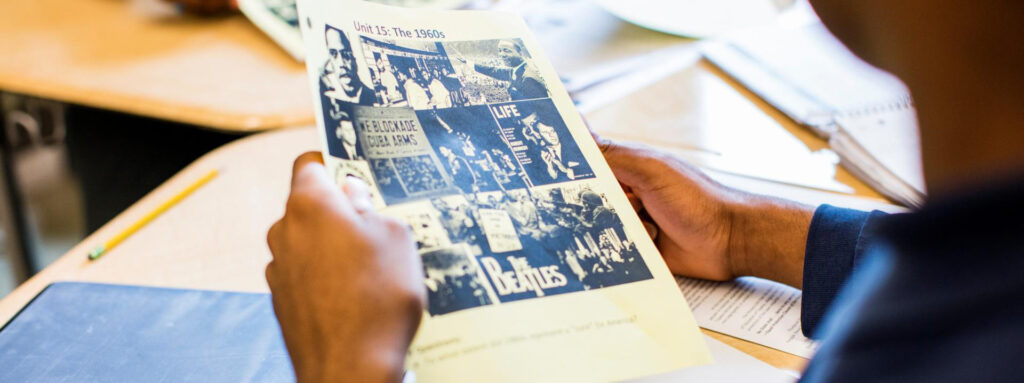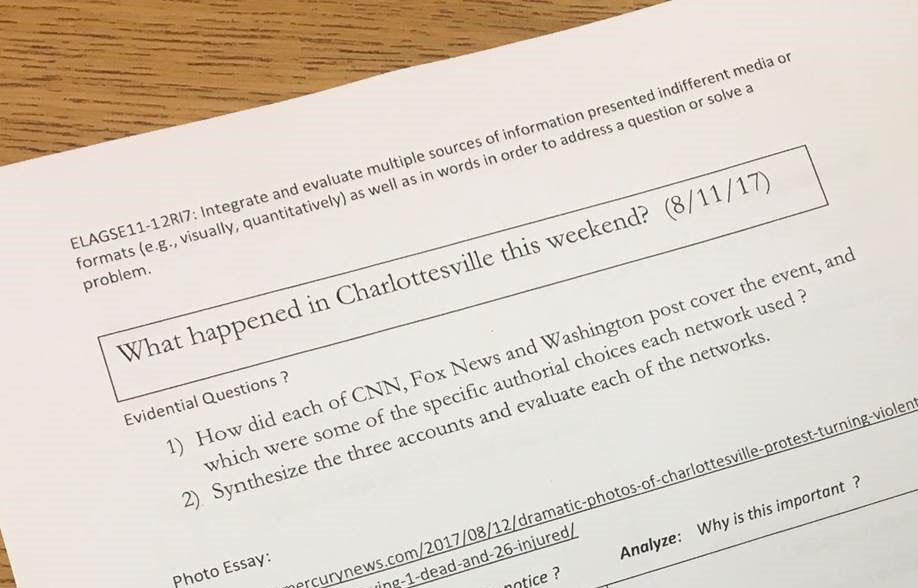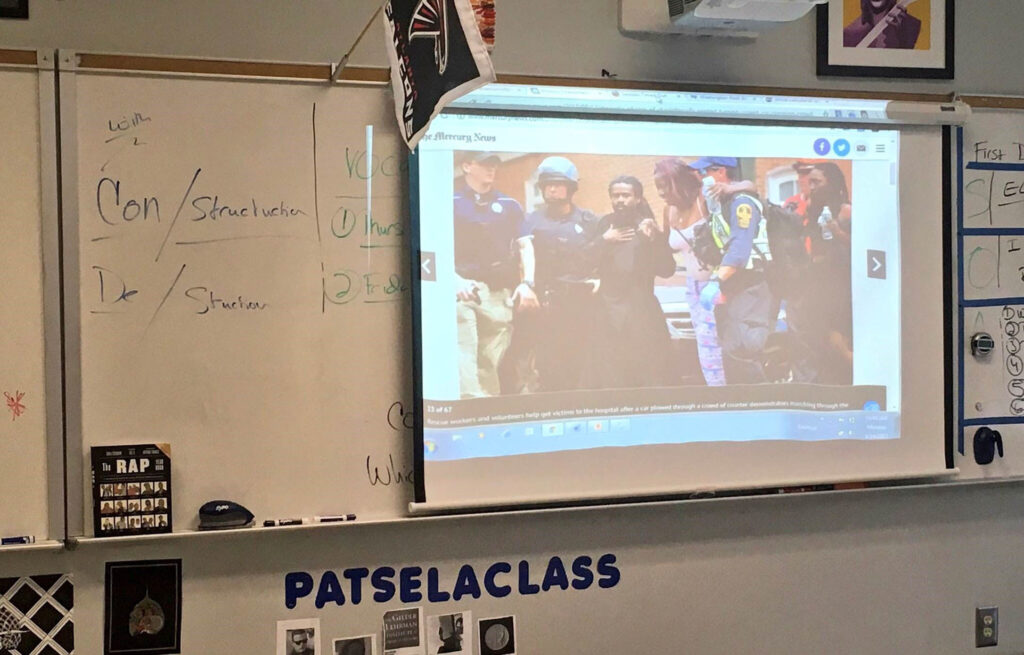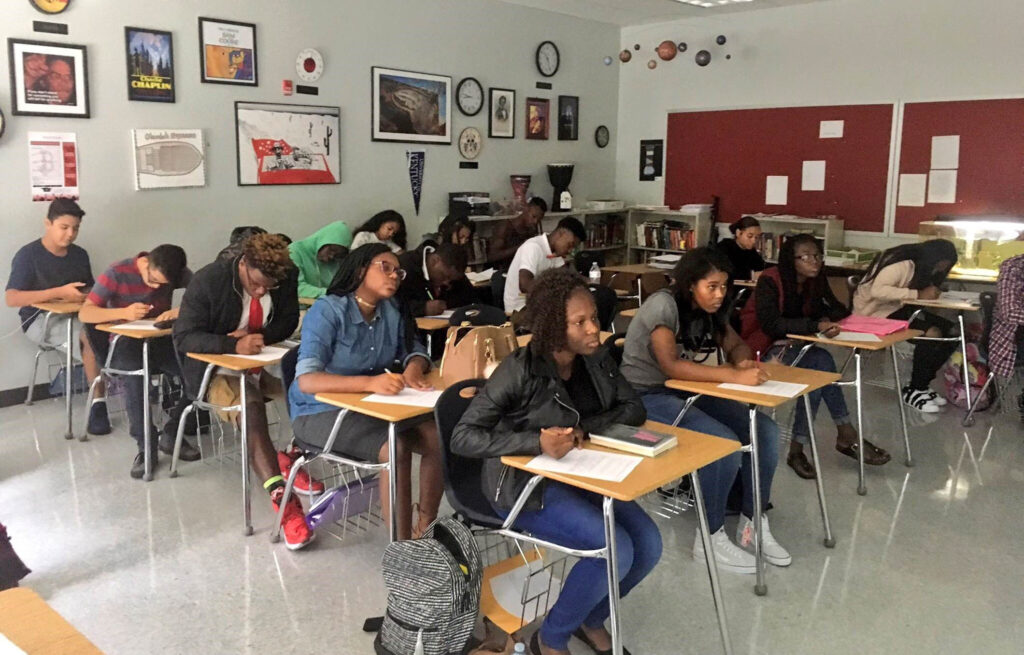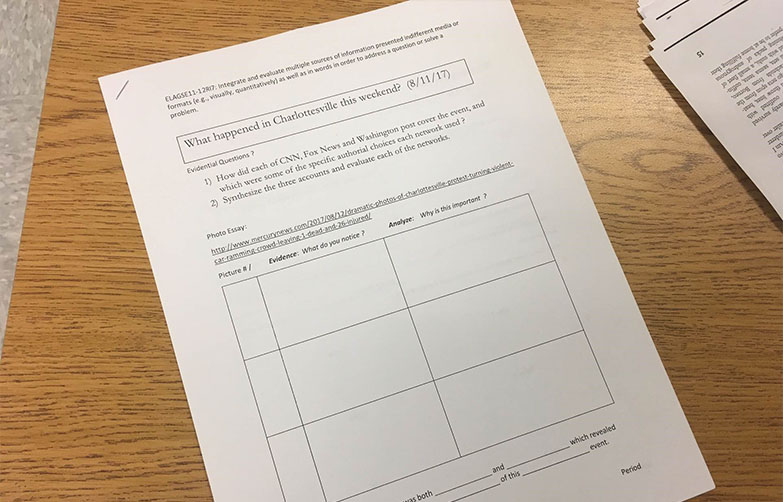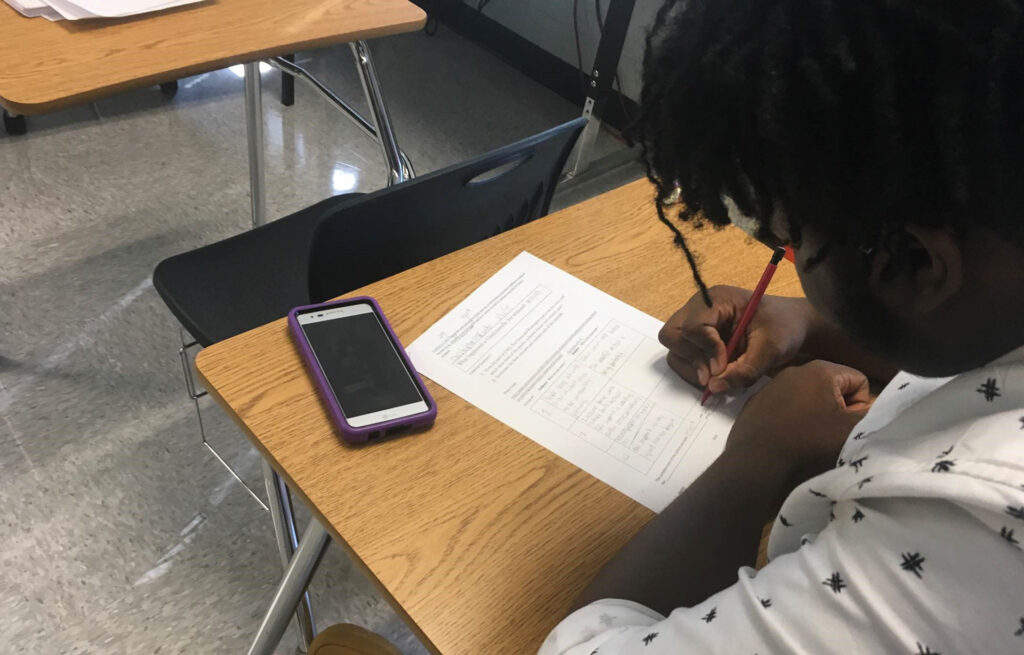These last few days, I’ve found myself at a loss for what to say to provide some measure of comfort—as much to my colleagues as to my teenage sons. The images of heavily armed white supremacists, neo-Nazis, and Klansmen marching brazenly through an American city and then assaulting counter-protestors with impunity is sickening and brutal. President Trump’s solidarity with violent bigots was no less frightening—though not surprising for a man with his record.
So, my efforts to support colleagues feeling the same fear and anger have often felt empty. At the same time, we at TNTP are enormously privileged in our work every day to address one of the most powerful manifestations of racism and marginalization: educational inequality. For me, that provides both some solace and a reason to keep coming back to the work.
In many parts of the country this week, children are headed back to school. They are entering new classrooms with new teachers, and many bring with them fear, grief, urgent questions, and for students of color in particular, repeated instances of witnessing racial trauma. Committed educators will work hard to empower our young people with knowledge and understanding about where we are as a country today—and the important historical context for our struggles against bigotry and violence. What we saw this week isn’t unprecedented. Klan marches are nothing new—nor is Mr. Trump the first President to tolerate racism. Educators understand that it is not enough to have difficult conversations about current events; it is also vital that we arm our children with an understanding of history, even its ugliest moments, and with the tools to be critical thinkers and participants in our society. (It should go without saying that the work of teaching is only one piece of supporting students in these times; districts should ensure schools are properly staffed with counselors to support students’ mental health, too.)
At a time when the President is unwilling to use the mantle of the office to reinforce American values, the work of teaching young people the whole truth about our history and the promise of our country is as important as ever. In my view, calling attention to the dangers of a President so willing to stoke fears and divide Americans transcends party and politics. While the story of America is one wrought with conquest, subjugation, and oppression, it is also one in which each generation has built upon the toughest legacies of those before and led us—if imperfectly—toward progress. There is so much work still to be done, and ours in education is to support educators and the young people they teach to make sure this legacy continues.
We’ve assembled some resources below for dedicated educators working hard this week for their students. It is a small gesture compared to the work of teachers and school leaders, but I hope these (and more like them) are helpful. And I hope they are part of a conversation about what we can all do for the young people who, even on the darkest days, are the brightest lights of our future.
Teaching Tolerance. “What is the alt-right?” Guidance on how teachers can recognize white supremacist thinking in their classrooms and disrupt the alt-right’s youth recruitment machine.
Facing History and Ourselves. “The Reconstruction Era and the Fragility of Democracy.” An archive of resources—including videos, lesson plans, primary sources, and professional development tools—to teach the Reconstruction period and its relevance for today.
Southern Poverty Law Center. “Ten Ways to Fight Hate: A Community Response Guide.” Principles to guide communities in fighting hate in their area.
Anti-Defamation League. “Confederate Memorials and Their Removal.” This lesson plan for grades 9-12 focuses on the history of Confederate memorials across the country and recent efforts to remove them.
Anti-Defamation League. “Books Matter: Children’s Literature.” A list of fiction and non-fiction for all grade levels that addresses matters of social justice from multiple perspectives.
Finally, 2016 Fishman Prize winner Matthew Patterson shared how his classroom responded to Charlottesville on Monday. Here’s what one high school classroom did to process what they saw and felt in the immediate aftermath of the events:
Download Mr. Patterson's graphic organizer here.
